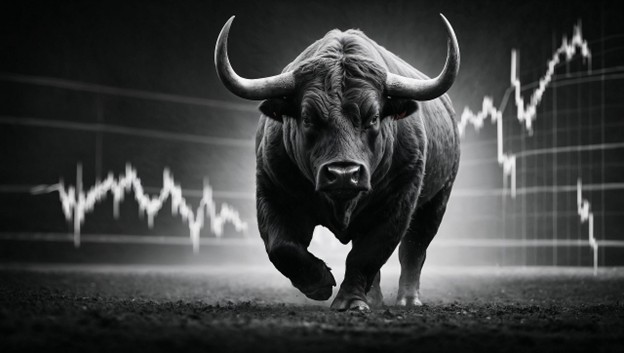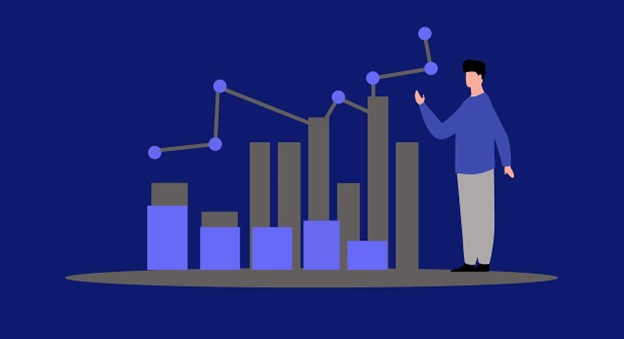Not Just Wall Street: Cliquall Analysts Present Markets to Keep an Eye on in 2026
October 22, 2025Ethical and Regulatory Challenges in Surgical Waste Disposal
October 22, 2025Most traders have seen a chart where the price suddenly jumps from one level to another with a blank space in between. That blank space is called a gap. It forms when markets open far above or below the previous closing price due to new information being absorbed overnight or during off-hours. While many look at it as chaos, experienced traders view it as a message.

Understanding What Gaps Really Tell You
QuantExperts Group experts note that gaps reveal urgency. If price leaps without trading through intermediate levels, it means participants were willing to accept less ideal prices just to get in or out. That urgency can become an opportunity for those who know how to read it instead of reacting to it.
There are several types of gaps. Breakaway gaps often appear at the beginning of new trends. Continuation gaps form midway as momentum builds. Exhaustion gaps show near the end of a move when enthusiasm peaks. Recognizing which type you are dealing with matters since not all gaps behave the same. Some fill quickly, meaning price returns to the origin, while others never come back, creating support or resistance zones.
Using Stock CFDs as a Flexible Tool
Trading physical shares during a gap is not always simple. Liquidity might be limited, or brokers may adjust margin requirements. Stock CFDs offer flexibility since they mirror price movement without owning the underlying asset. QuantExperts Group analysts suggest that many professionals prefer CFDs for gap strategies because position sizing becomes easier.

However, the real value comes from planning before the market opens. Gaps catch people off guard only when they are unprepared. By marking prior highs, lows and major news dates you can anticipate where gaps might form. Once price appears in that zone, the question becomes not how high or low it went but whether it holds.
Avoiding the Trap of Emotion-Driven Entries
Many beginners chase gaps simply because they look dramatic. The move feels like proof that something big is happening. Yet acting on excitement often leads to buying at extremes. QuantExperts Group states that waiting for confirmation is less glamorous but more consistent.
For example, if price gaps up but cannot push higher during the first hour, that weakness speaks volumes. Similarly, a downward gap that stalls may signal a lack of follow-through. Watching how volume behaves within the gap can also offer clarity. Heavy activity near the gap edge usually means large players are defending that level.
As a result, gap investing is less about speed and more about interpretation. Screenshots of past gap scenarios help build familiarity. Keeping a log of which gaps filled and which continued sharpens instincts over time.
Turning Gaps Into Structured Observations
Rather than viewing gaps as surprise events, consider them as windows into crowd behavior. Each one tells a story of urgency, hesitation, or exhaustion. Stock CFDs provide a practical way to observe and participate without locking into long commitments.
Patience transforms gaps from panic zones into research tools. QuantExperts Group experts emphasize that understanding behavior around gaps brings clarity, even if one chooses not to act on every opportunity.
Disclaimer:
This press release is for informational and educational purposes only and does not constitute financial, investment, or trading advice. Trading stocks, CFDs, and other financial instruments involves significant risk, including the potential loss of capital. Past performance is not indicative of future results. Readers should conduct their own research and consult a licensed financial advisor before making any investment or trading decisions. QuantExperts Group and its representatives do not guarantee any outcomes or returns from the strategies discussed.
